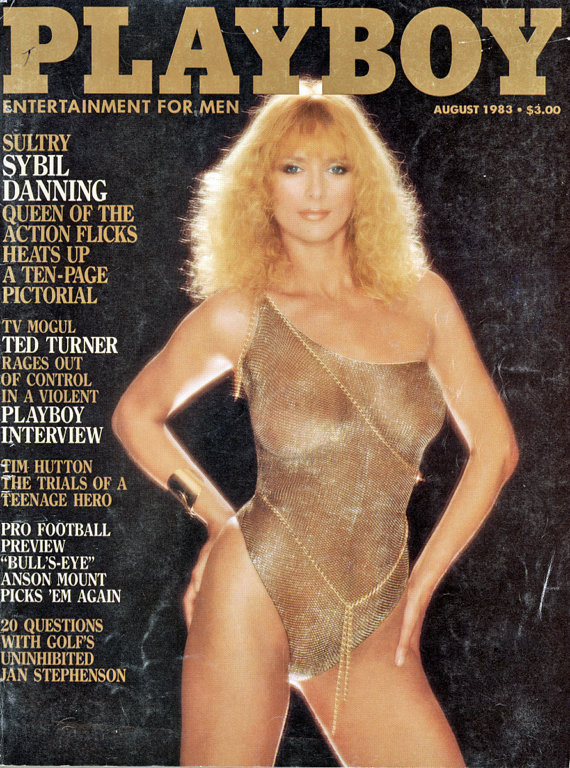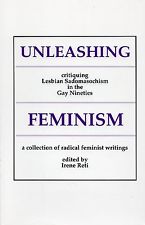Linden, Robin Ruth. 1982. Against sadomasochism: a radical feminist analysis. East Palo Alto, Calif: Frog in the Well. Amazon
I’ve already gone into the history of the lesbian sex wars over BDSM. This post covers one of the major incidents in this struggle, the anthology Against Sadomasochism: a radical feminist analysis. It was published in 1982, the same year as the infamous Barnard Conference incident (in which anti-SM lesbian-feminists harassed and picketed a women’s sexuality conference, in which SM was just one of many topics discussed). Sado-masochism was described as, at worst, patriarchal false consciousness and, at best, an immature holdover from less enlightened times. Witness Vivienne Walker-Crawford’s “The Saga of Sadie O. Massey” [Pg.147], in which sadomasochism is discussed through the metaphor of a woman who is overly attached to a pair of thick wool socks. Instead of being a primitive form of psychological development, it was a primitive form of political consciousness.i See also “Smokers Protest Healthism” by “Paula Tiklicorrect”.[Pg. 164]


